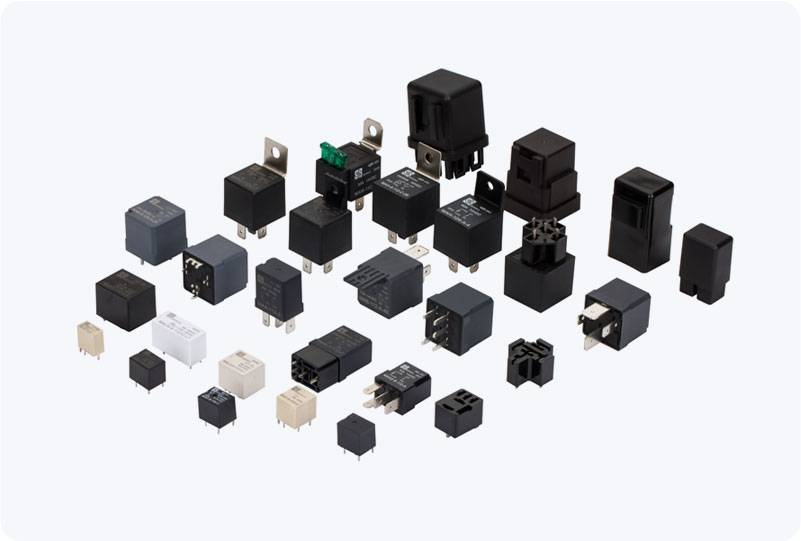An AC Motor Relay is an essential component in the operation of electric motor control systems. It is used to control the starting, stopping, and protection of AC motors, ensuring safe and efficient operation. This device plays a vital role in various industries by preventing motor damage caused by overloads, voltage fluctuations, or short circuits. In this article, we will explore the key features, functions, and applications of AC Motor Relays, shedding light on their importance in modern electrical systems.

What is an AC Motor Relay? An AC Motor Relay is an electrically operated switch designed to control the operation of an AC motor. It is typically used in conjunction with other control devices, such as contactors, overload relays, and motor starters, to ensure smooth and reliable motor operation. The relay can either open or close its contacts depending on the control signal it receives, which in turn controls the flow of electricity to the motor. Key Features of an AC Motor Relay Electromagnetic Operation: AC Motor Relays are generally powered by an electromagnet. When an electrical current is applied to the coil, it generates a magnetic field that pulls or pushes a set of contacts, closing or opening the circuit. This allows for the control of the AC motor’s power supply.